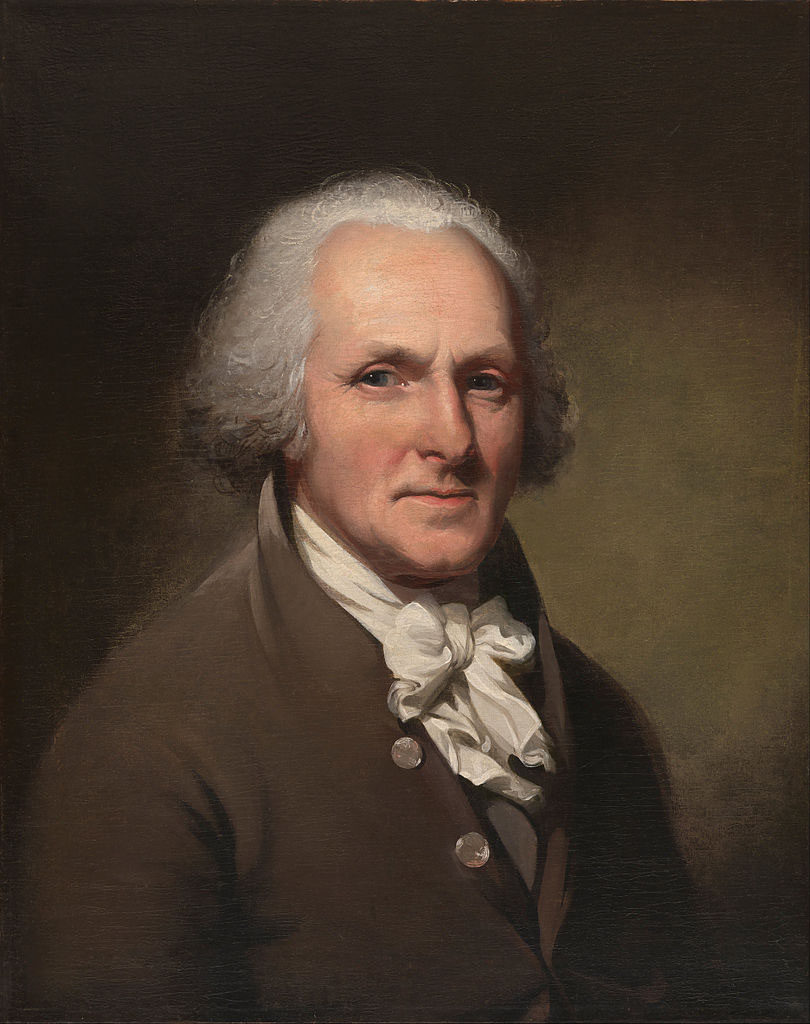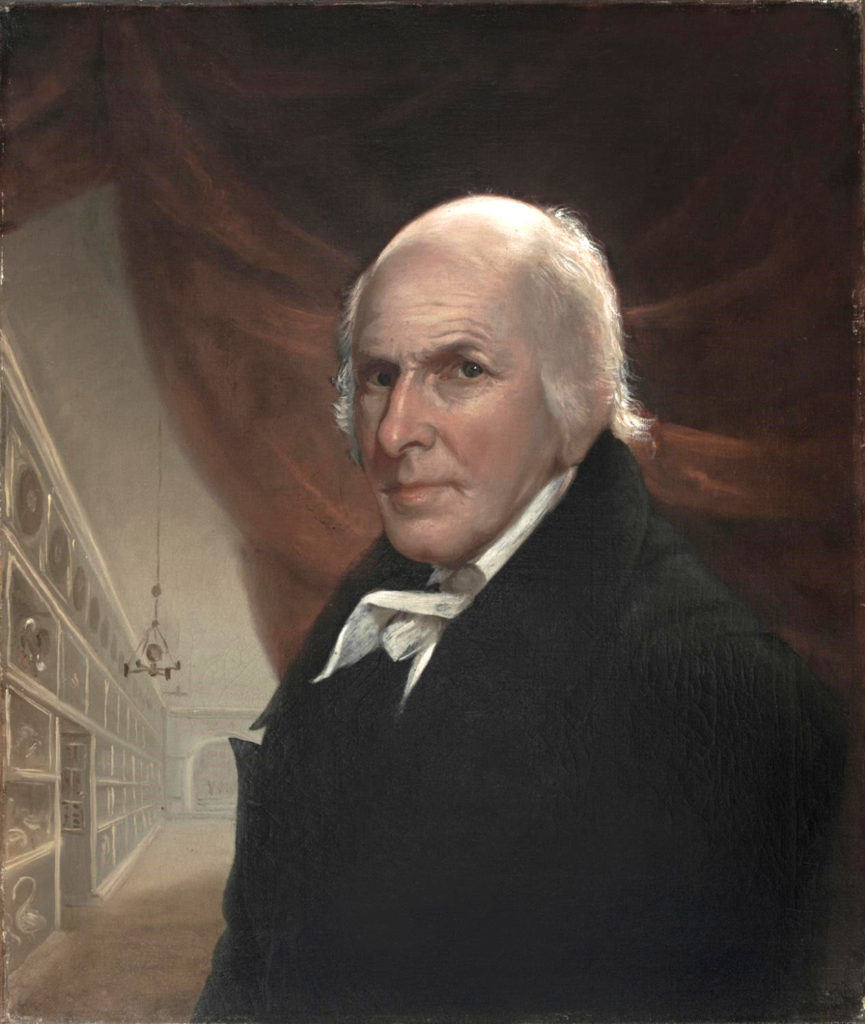
Date of Birth: April 15, 1741
Date of Death: February 22, 1827
Place of Birth: Chester, Queen Anne’s County, Maryland
Burial place: St. Peter’s Churchyard, Philadelphia, Pennsylvania
Charles Willson Peale was the first complete taxidermy-artist living in the United States. While being much more famous as a portrait painter, and as the founder of the first great museum in the United States in Independence Hall having grown out of early efforts on his personal property as early as 1786 and at the headquarters of the American Philosophical Hall, he was a complete taxidermist.
Peale corresponded and traded mounted specimens with the best taxidermists of Europe including Louis Dufresne and Thomas Hall as well as many others. He developed his own methods of taxidermy, many of which persist today as they were passed on to his students and sons, who taught them to others and the lineage continued until the methods were written down by others. Peale mounted the specimens that came back from the Lewis and Clark Expedition, the Stephen Long Expedition to the Rocky Mountains, and many smaller forays. The mounted specimens were used in describing and illustrating such works as the Birds of American by Alexander Wilson.
Peale built the first larger habitat groups using trees, fake ponds and swamps and vegetation, and utilized a painted background for many of his small cases in the Long Room of Independence Hall. The painted background often was set at the place the specimen was collected or a notable locality. For example, the bald eagle was set with a background of Niagara Falls which can be seen in an image in the Library of Congress.

Virtually all of the large and medium sized mammals that Peale mounted were destroyed in a massive fire in P.T. Barnum’s American Museum in New York many years after the collection was auctioned off, but some of the birds eventually made their way to the Museum of Comparative Zoology in Harvard, the most notable a golden pheasant owned by George Washington, given to him by Lafayette, and then some of the specimens from Lewis and Clark.


